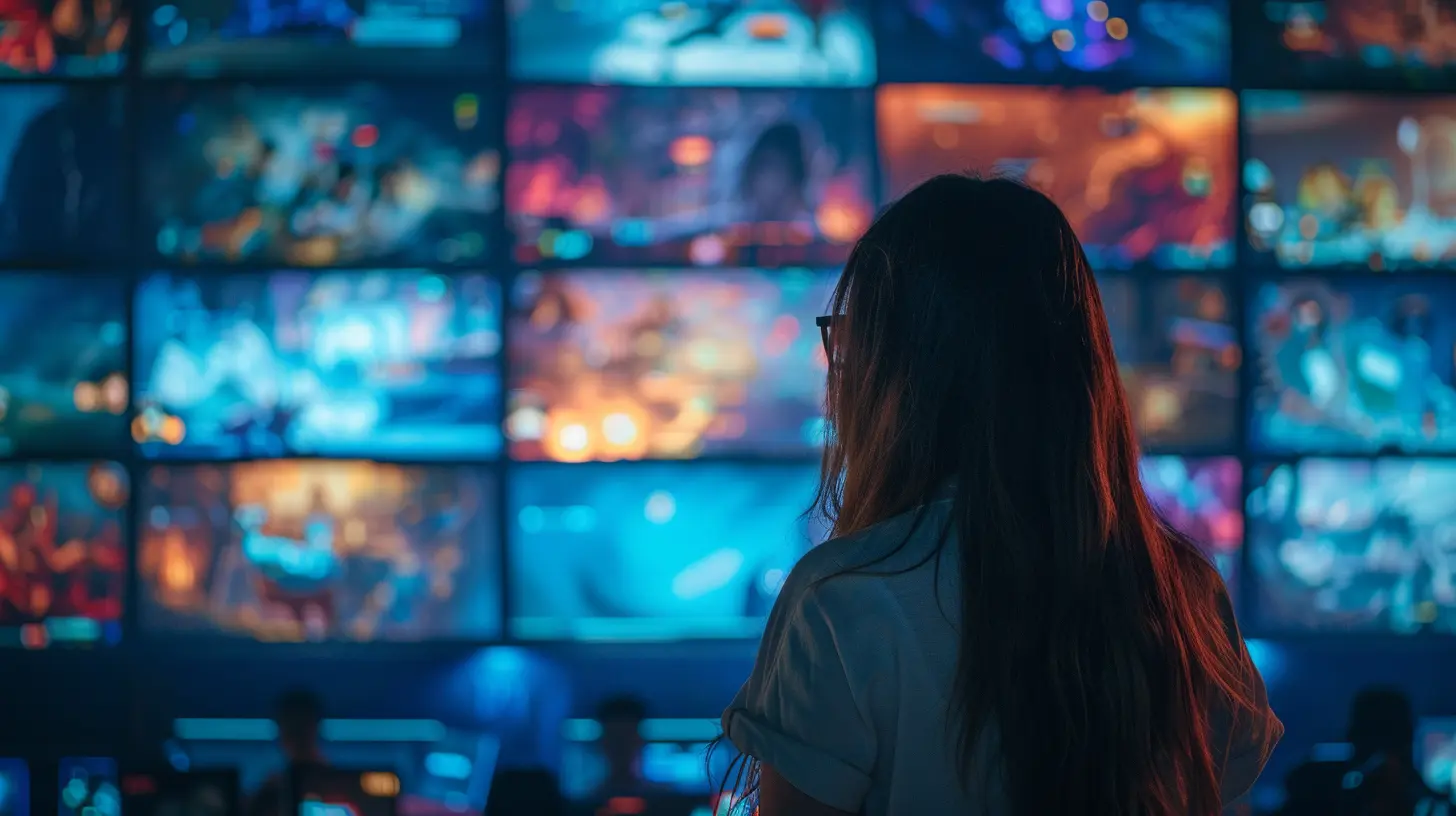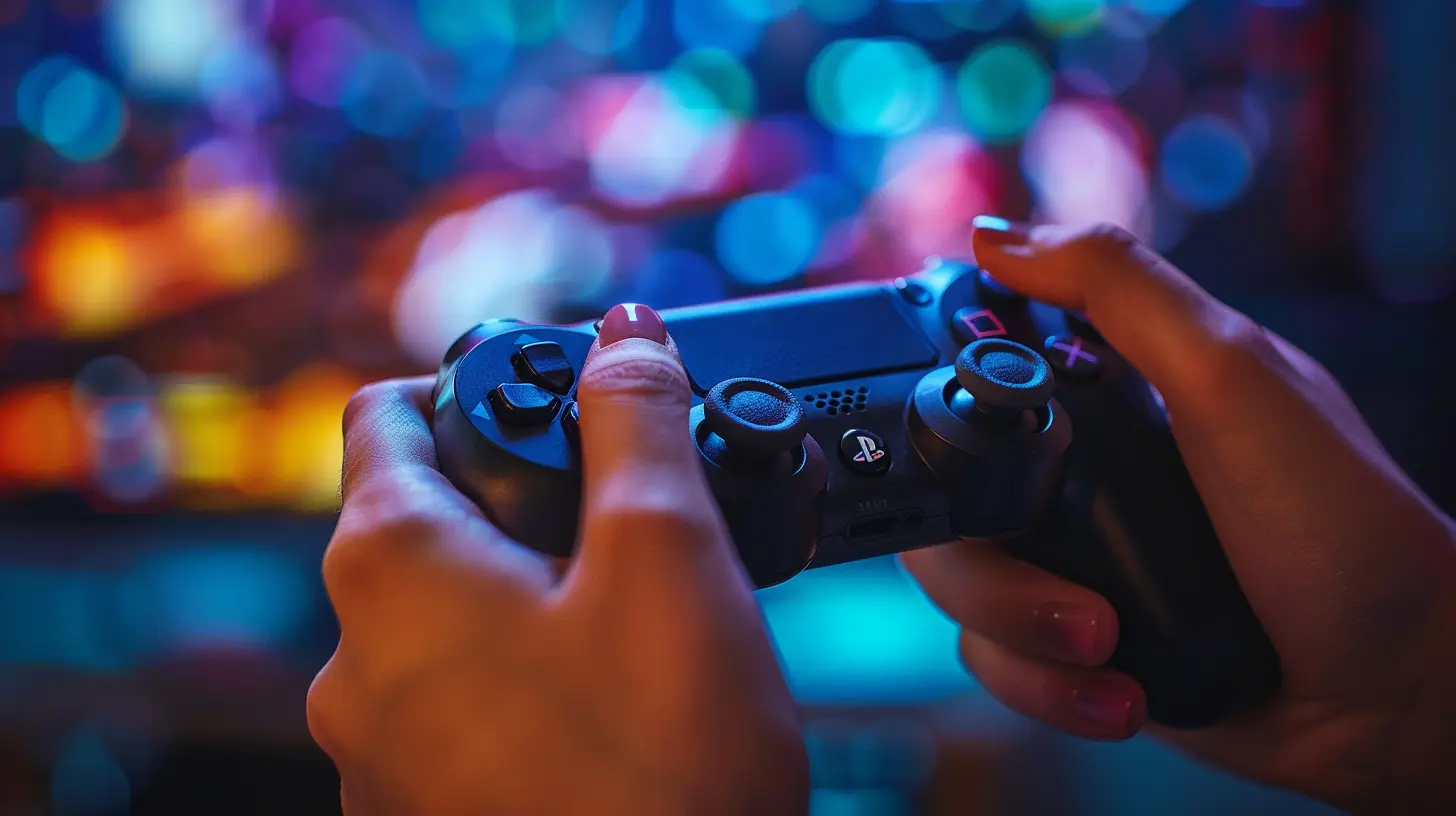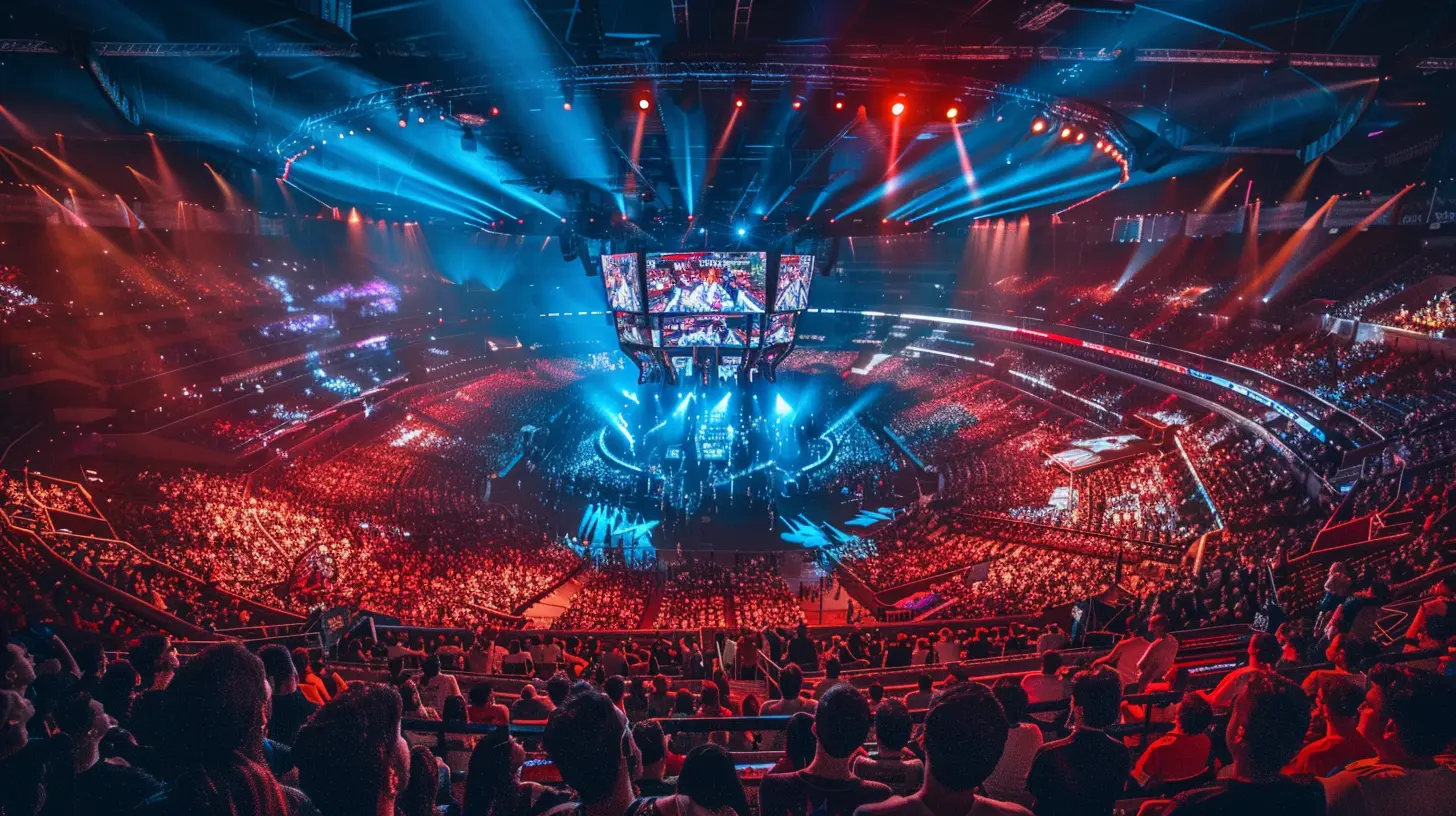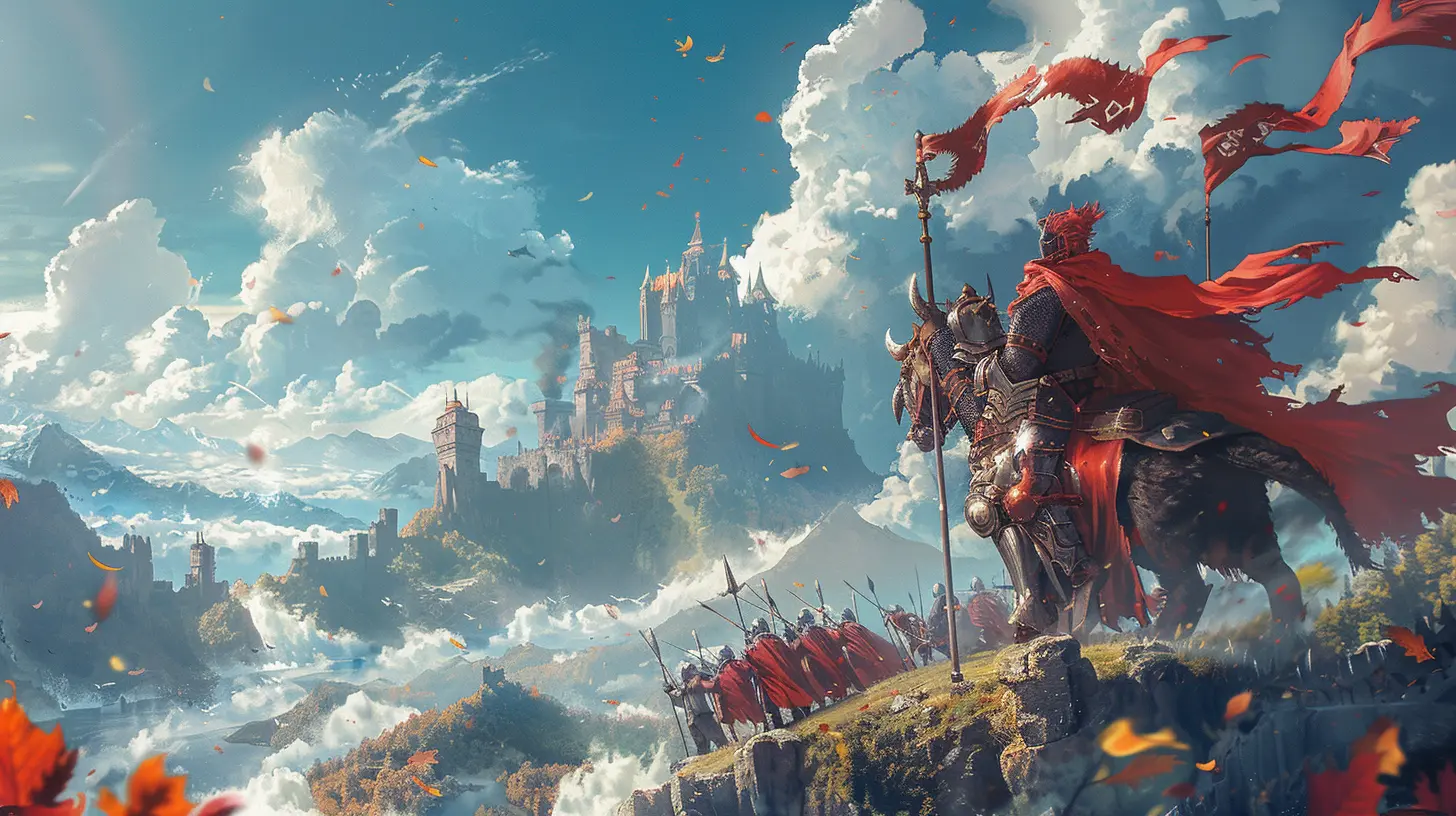6 December 2024
The gaming world changes faster than the speed of a Mario Kart red shell, doesn’t it? Once upon a time, tournaments were small-scale events held in local arcades, living rooms, or community centers. They were low-key affairs where spectators were limited to those physically present. Fast-forward to today, and you’ve got millions of people tuning in from around the globe to watch competitive matches, all thanks to one game-changer: streaming.
Streaming hasn’t just redefined how we watch gaming tournaments, it has seriously transformed the landscape of competitive gaming itself. From increasing accessibility to creating global communities, streaming has left no stone unturned. But how did we get here? And what exactly does this mean for the future of tournaments? Let’s break it all down.
The Birth of Streaming in Gaming
Let’s rewind a little. Back in the early 2000s, watching someone else play video games probably felt like a niche thing, right? Sure, we’d gather around a friend playing "Halo" at a sleepover, but the idea of millions of people doing the same through the internet seemed… far-fetched.Enter platforms like Twitch, YouTube Gaming, and Mixer (RIP Mixer), which took watching games to an entirely new plane. Twitch, arguably the torchbearer of streaming in gaming, launched in 2011. It allowed gamers to showcase their skills and personalities to the world in real-time. Streaming suddenly wasn’t just some passive thing — it became interactive, social, and, let’s be honest, addictive.
More Eyes, Bigger Prizes: The Financial Boom
Streaming turned gaming tournaments from modest gatherings into full-scale entertainment spectacles. Suddenly, organizers weren’t limited by venue size. In fact, some tournaments didn’t even need physical venues to be successful. If it’s being streamed, who cares if the match is held in a packed stadium or someone’s garage?With millions of viewers came sponsorship deals, advertising revenue, and funding from streaming platforms. This, in turn, led to bigger prize pools and higher stakes. For instance, remember when “The International” (Dota 2's massive tournament) set the esports world on fire by offering prize pools in the tens of millions of dollars? Much of that was fueled by the visibility and financial backing that streaming brought to the table.
Accessibility: Breaking Down Barriers
Before streaming, there were barriers. Lots of them. Geography, for one. If you weren’t within driving distance of a tournament venue, chances were you weren’t going to watch or participate. Timing was another issue. Missed a match? Too bad — there’s no rewind button in real life.Streaming smashed those barriers. Now, anyone with a decent internet connection can either compete in or spectate a tournament. Whether you’re sitting on a couch in Chicago or a hammock in Bali, the tournament is right at your fingertips. Time zones? No problem. Streams are recorded and archived for on-demand viewing.
But perhaps the biggest leap in accessibility comes from how streaming highlights everyday gamers. Tournaments are no longer reserved for professional players in elite leagues. Platforms like Twitch allow smaller-scale competitions — think community tournaments or charity matches — to shine. Who knows? A streamer hosting a neighborhood Smash Bros. event could end up being tomorrow’s esports superstar.
Building Communities: More Than Just Gameplay
Here’s the thing: streaming isn’t just about watching people play games. It’s about connection. When you tune into a tournament stream, you’re not just a passive spectator. Chat boxes light up with fans from all over the world talking strategy, making jokes, and (let’s be real) dropping emotes non-stop.Have you ever joined a stream and stuck around for the vibe more than the gameplay? That’s the magic of streaming. It fosters communities, where players and fans come together, regardless of skill level or background. If traditional sports thrive on fan loyalty, gaming tournaments take it to the next level by letting fans actively engage in real time.
Shaping the Meta: The Live Evolution of Games
Streaming tournaments don’t just reflect the current state of games — they shape it. Think about it for a second. When millions of players watch a tournament, they learn new strategies, tricks, and even glitches (don’t act like you haven’t tried replicating a streamer’s insane in-game maneuver). Competitive metagames evolve right before our eyes because streaming spreads ideas like wildfire.Take "Fortnite" as an example. When a pro player pulls off an incredible build during a streamed tournament, it doesn’t take long for casual players to implement it in their own lobbies. Streaming accelerates this process, making gaming more dynamic than ever.
Careers Beyond Winning
For pro players, winning a tournament is no longer the only way to "make it big." Streaming has opened up entirely new avenues for careers. These days, players can gain just as much, if not more, recognition through a personality-driven stream as they can from taking home a trophy.Think of it this way: Would you rather only be known for one huge tournament win, or build a massive, loyal fanbase that watches you stream week after week? It’s the difference between being a one-hit wonder versus a chart-topping artist with an engaged audience.
Even non-pros are getting in on the action. Shoutcasters, analysts, production crews, and content creators have all reaped benefits from the streaming ecosystem. The talent pool for gaming tournaments has grown exponentially, and many of the people involved don’t even touch a controller.
Challenges of Streaming in Tournaments
Okay, let’s not put on rose-tinted glasses here. Streaming isn’t without its challenges. Technical issues like lag or server crashes can wreak havoc during live events. There’s nothing worse than the scene cutting out during a clutch moment, is there? It’s like your favorite TV show cutting to commercials at the worst possible time.Also, the democratization of tournaments means competition for attention is fierce. Smaller events can sometimes struggle to gain visibility when there are hundreds of streams happening at any given time. It’s like trying to shout from the back of the crowd at a rock concert — not impossible, but definitely difficult.
The Future of Streaming and Gaming Tournaments
What comes next? Honestly, the possibilities seem endless. Virtual reality (VR) and augmented reality (AR) could completely change how tournaments are streamed and experienced. Imagine not just watching a game but stepping inside it using VR. Crazy, right?Cloud gaming could also play a role, making competitive gaming even more accessible by eliminating hardware barriers. And, of course, advancements in streaming technology will make broadcasts smoother, with fewer hiccups and higher resolutions.
Streaming is likely to bring more games into the limelight, too. Smaller indie games that traditionally didn’t have a place in big tournaments might find their niche audience through streaming. Who’s to say the next big competitive game isn’t being developed in someone’s basement as we speak?
Wrapping It Up
Streaming has completely revolutionized gaming tournaments. It’s broken down walls, created new opportunities, and brought people together in ways we couldn’t have imagined a decade ago. Whether you’re a player, a fan, or just someone who likes the idea of watching gaming as a spectator sport, there’s no denying that streaming has made tournaments more exciting, accessible, and global than ever.The next time you tune into a streamed tournament, take a second to appreciate just how far we’ve come. From dingy arcades to global esports arenas (and couches everywhere in between), streaming has turned gaming into something bigger than any game itself: a worldwide phenomenon.








Darius Coffey
This article beautifully captures the transformative impact of streaming on gaming tournaments. It’s heartening to see how it has fostered community and accessibility for all players.
February 14, 2025 at 6:03 PM